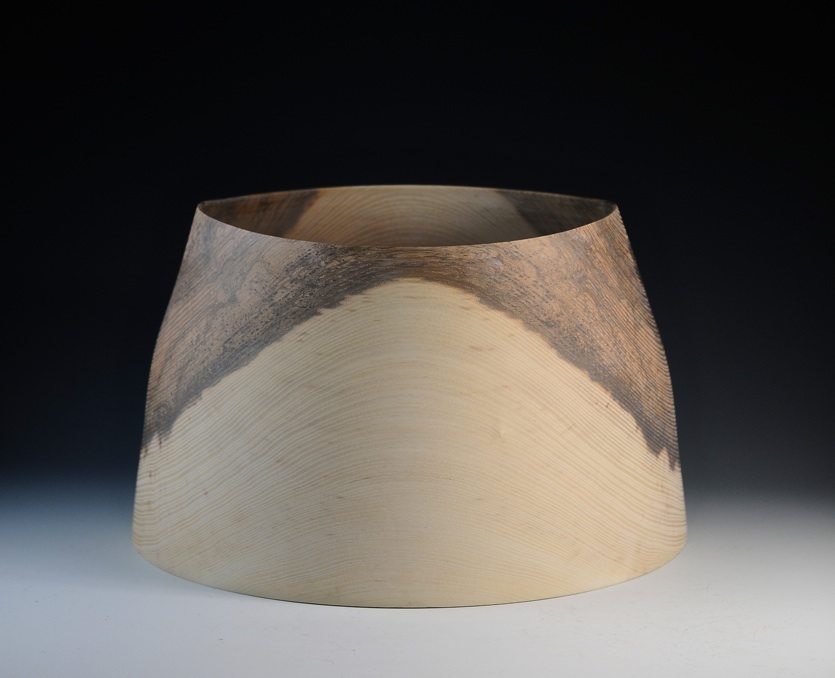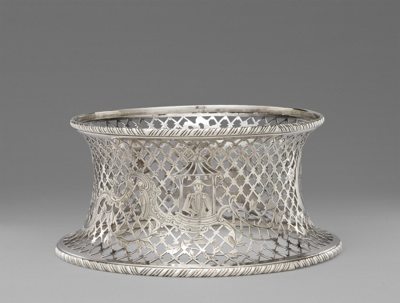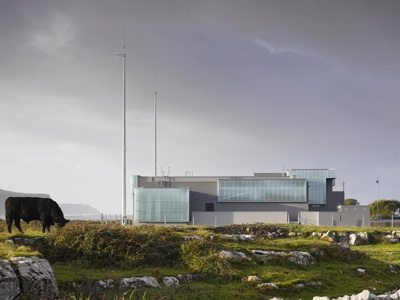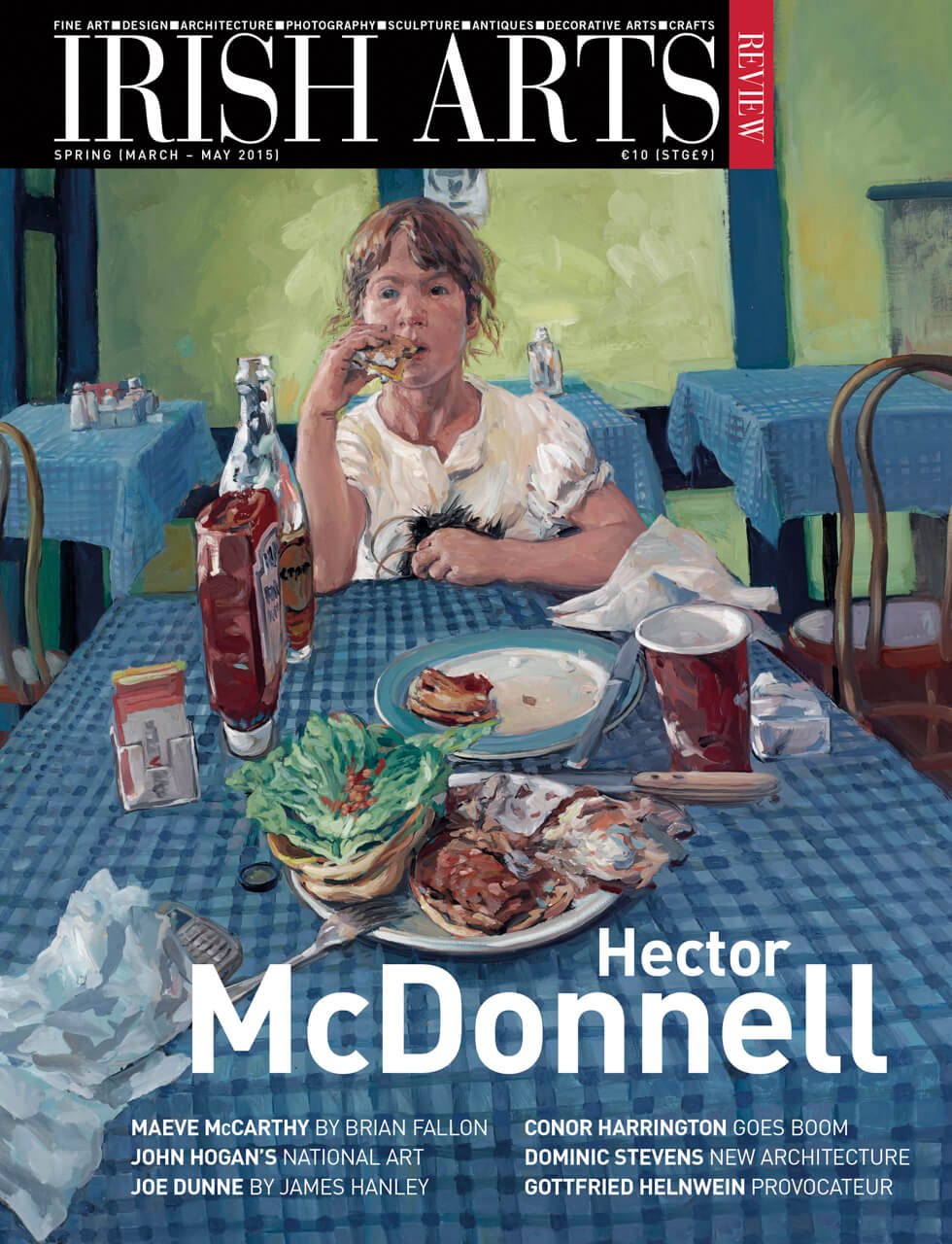
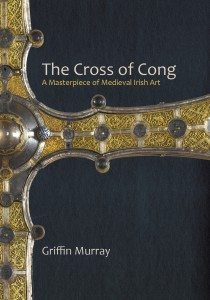
GRIFFIN MURRAY
Irish Academic Press, 2014
pp 326 fully illustrated h/b
€45.00 ISBN: 978-0-716532-74-3
Michael Ryan
This book is the fruit of many years of research into Irish art of the 11th and 12th centuries with a particular focus on the Cross of Cong. The cross may be described as made of wood sheeted with cast bronze panels of animal motifs, and sheet-silver embellished with gold filigree, silver-inlaid niello, glass and enamel. At the crossing of the shaft and arms, there is a large domed rock crystal and at the base an imposing socket for a wooden pole seemingly attached to the shaft by animal heads. It was thus capable of being carried in processions. Its subtle outline, proportions and its polychrome adornment make it at once the most elegantly designed near-complete Irish object to have survived from the early-medieval period. Its inscription on the sides partly in Latin but mostly in Irish, opens a window on the organization of high-quality craft production in 12th-century Ireland and on how artistic patronage may have worked but it crucially defines the raison d’etre of the piece – the cross was made in 1123 to enshrine a relic of the True Cross which had made a circuit in Ireland. The great potentate, Turlough O’Connor, King of Connacht and pre-eminent king in Ireland of the time, obtained consent to retain a portion of the relic and he was the patron who caused the cross to be made. He is joined in the inscription by two leading Connacht churchmen of the O’Duffy family. The inscription also records the name of the artist who created the cross, almost certainly in Roscommon. He was Maél √çsu M(a)c Bradtan U Echa(c)h whose forename means ‘Devotee of Jesus‚’ and Murray suggests that this was his name in religion and that he was a cleric and perhaps of a Munster family. The author briskly dismisses an erroneous identification of him with a quite different ecclesiastic, also an artist, Gilla Críst (‘Servant of Christ‚’) of Clooncraff, Co Roscommon and in doing so, gives valuable support to the view that this complex work took, not years, but months to create. Not only that, but in a catalogue, he lists and analyses a number of works of art in metal which belong to the school of Maél √çsu, some of them, most importantly the Shrine of St Manchán in Boher, Co Offaly, from the hand of the master himself. In tracing associated works, Murray plausibly links many of them to both the worldly and ecclesiastical politics of the time.
The book contains the first comprehensive analysis of the design and construction of the cross
The book contains the first comprehensive analysis of the design and construction of the cross and some readers may find the detail of this heavy going, but it is of fundamental importance and is unlikely to be surpassed. It is odd that it has never before been properly described although the cross has been in the public eye since the 1830s and was one of the founding pieces of the national collection of antiquities established by the Royal Irish Academy. It was preserved in the area of Cong, Co Galway where it had been noted sporadically by antiquarians from the 17th century onwards; it was last in the possession of the enigmatic Fr Prendergast who claimed to be the last Abbot of Cong. However, it was almost certainly made for Tuam. Over the course of time, a number of its components were lost – notably a decorated plate from the reverse of the right arm and animal-headed mounts also on the back at the centre. The cross remains fragile and it was very properly excluded from the ‘Treasures of Ireland‚’ exhibition, which travelled in Europe in the early 1980s although it had been displayed in the United States in the 1970s. Murray’s description draws on the findings made in the course of conservation work on the cross in the Laboratory of the National Museum. Comprehensive x-ray images revealed constructional details and on the wooden cross on which the metal and other embellishments are fixed, there is a simple outline engraving of a double-armed cross of the type associated with relics of the True Cross in Byzantine tradition and later copied in the West.
There are other ultimately Byzantine traits in the outline of the cross but the native influence is obvious – the cross form echoes the design of many 9th/10th-century stone High Crosses (albeit without the ‘Celtic‚’ ring) as well as crosses in metalwork of the 8th/9th century including the Tully Lough Cross in the NMI. The homage to native traditions also includes the cast-metal strips which appear to bind the edges of the cross, the revival of chamlplevé enamels, the simple filigree and aspects of the treatment of the animal ‘ornament‚’ of the decorative plates on the obverse and reverse of the cross. This animal style shows strong Scandinavian influence and the author suggests that this was probably mediated through England and Dublin, which was for much of the period dominated by Turlough O’Connor. The style is recognizably in the tradition named after the carvings on stave-built churches in Norway and in particular those on the church at Urnes. He sees the Cross of Cong style as a distinctive variant and calls it ‘Hiberno-Urnes‚’ – not a term that trips off the tongue but serviceable. Murray is excellent at tracing the symbolic significance of the cross but this reviewer would like to have seen him expand on his acute descriptive analysis of the animal style to include some more detailed explication of the meaning of the menagerie of beasts, snakes and, rarely, birds on the panels of the cross. On such a sophisticated work, this is unlikely to have been merely ornament.
While primarily designed to preserve and display a relic, the cross might also have been placed on, or behind, an altar. It could also have been carried in procession, especially before the archbishop after Tuam had been raised to the status of archdiocese during the 12th century. Indeed acquisition of the relic and the making of the Cross of Cong probably formed part of a careful programme designed to boost the pretensions of Tuam. Griffin Murray tells this story of the intertwining of art, devotion and high-church politics with great skill in his important book.
Michael Ryan is an archaeologist who has published extensively on early Irish art.

